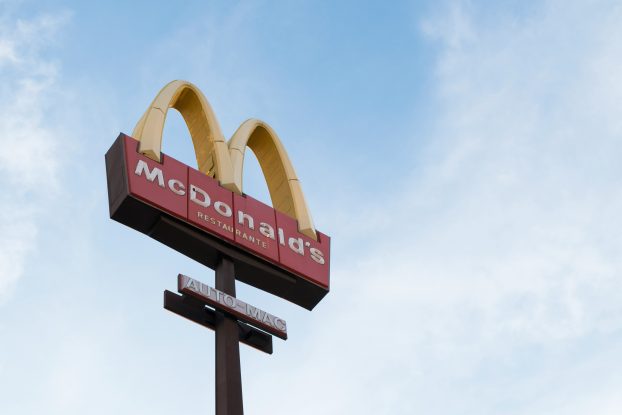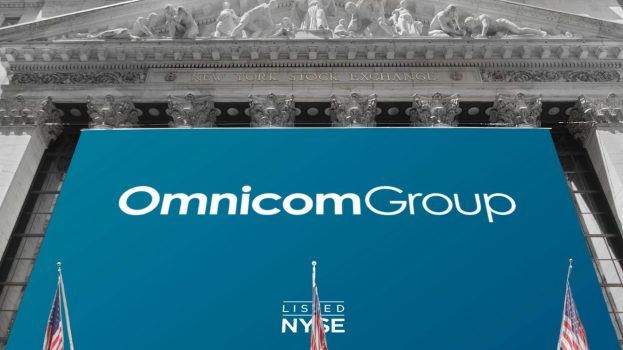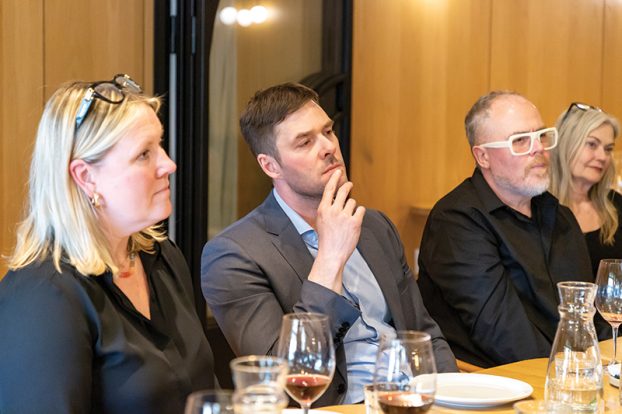Kent Thexton joined Cantel in 1990 and served as director of the firm’s national digital task force, overseeing the implementation and marketing of Cantel’s national digital cellular service.
After serving for a time as director of marketing for Ontario, Thexton, who has a bachelor of engineering science degree and a master of business administration degree from the University of Western Ontario, in London, Ont., was appointed national vice-president of marketing in Sept. 1993.
Before joining Cantel, Thexton held a number of management positions with Northern Telecom and Bell Canada.
Q. When did Cantel begin doing direct response marketing?
A. In 1994. Our first experiment was when we launched Amigo [Cantel’s consumer cellular phone brand]. One of the things we thought we needed to do was make it more accessible, so we launched Amigo with a strong direct focus in terms of 1-800 inbound. Since then, we have evolved our focus and built a [direct marketing] department so that we now employ a lot of different direct methods.
Q. What kind of success rates have you had using direct to generate leads?
A. We have found that driving an inquiry off a 30-second tv spot is a pretty unqualified lead. The leads we get off [our] infomercial are much more qualified because of the information we provide to the viewer. We close 30% to 50% of the calls we receive off the infomercial. Off a newspaper ad, we close only 2% to 5% of calls.
Q. I understand that Cantel, in its early days, used its advertising to build its customer base but has largely shifted its focus now to maintaining existing customers and getting more revenue out of them. Has direct become more important to you for this reason?
A. Absolutely. In addition to our direct marketing sales channel, which is a channel to acquire new customers, we also place huge efforts against our existing customer base – to market to them, increase loyalty and provide general communications.
That’s a different focus for us than the direct marketing sales channel. In terms of expenditure, we spend more on loyalty and retention than we do in direct advertising and promotion.
Q. When did the shift from acquisition to loyalty and retention take place?
A. It’s one of those things that has built over time. We always had some investment in building and maintaining our customer relationships. Just look at our seven-days-a-week, 24-hours-a-day customer support lines. So we’ve always had an investment there.
But we’ve stepped up on the direct marketing side as the category has matured and there’s been a lot more segmentation to take into account. In the early days, our customers were a relatively homogenous group, but now they’re very diverse and we have to be able to [target them with the appropriate message.]
Q. Tell me about the modeling you do with the data that you have on your customers.
A. That’s an area that we’re working on. Our database capabilities have been more limited than we’d like.
In the second quarter of this year, we’re adding a fairly sophisticated Hewlett-Packard database system with a gui [graphical user interface] query tool that will make it easily accessible for our front-line marketing staff.
What it will allow us to do is import a lot more external data and build more robust data on our customers. So there are things we will do in the future that we don’t do now, such as import data on whether a customer is married and has kids.
If we knew the customer had kids, we could figure there was a need for a second phone line. Also, we could plan – down the road when the children reach their teenage years – to market pagers to the customer.
As our product line continues to expand in the future, we could know what our customers’ particular needs and situations are and be able to have products and services that suit those needs.
Currently, our information is more product specific than customer specific. If you were a Cantel AT&T cellular and pager customer today, you’d be in two different databases.
Q. Last year you hired Ogilvy & Mather Direct as your first direct response agency-of-record. What did that signal about your commitment to direct?
A. That we have a tremendous amount of learning to do in direct as we build our database and learn from the programs that we run, and that we want to be a lot more scientific and disciplined about it.
Before, we used a bunch of small agencies on an ad hoc basis. We would use them to execute this campaign and that campaign more with an eye to cost effectiveness. Working with o&m, we have one supplier that is building up information as they work with us.
Also, we’re going to tap into their worldwide learning so that we can become better direct marketers as an organization.























